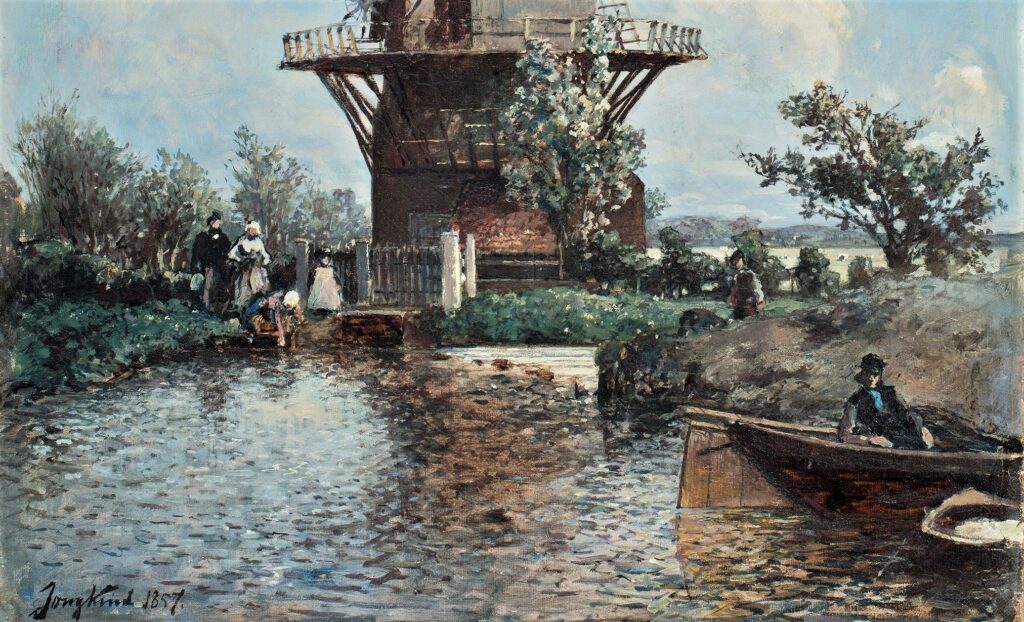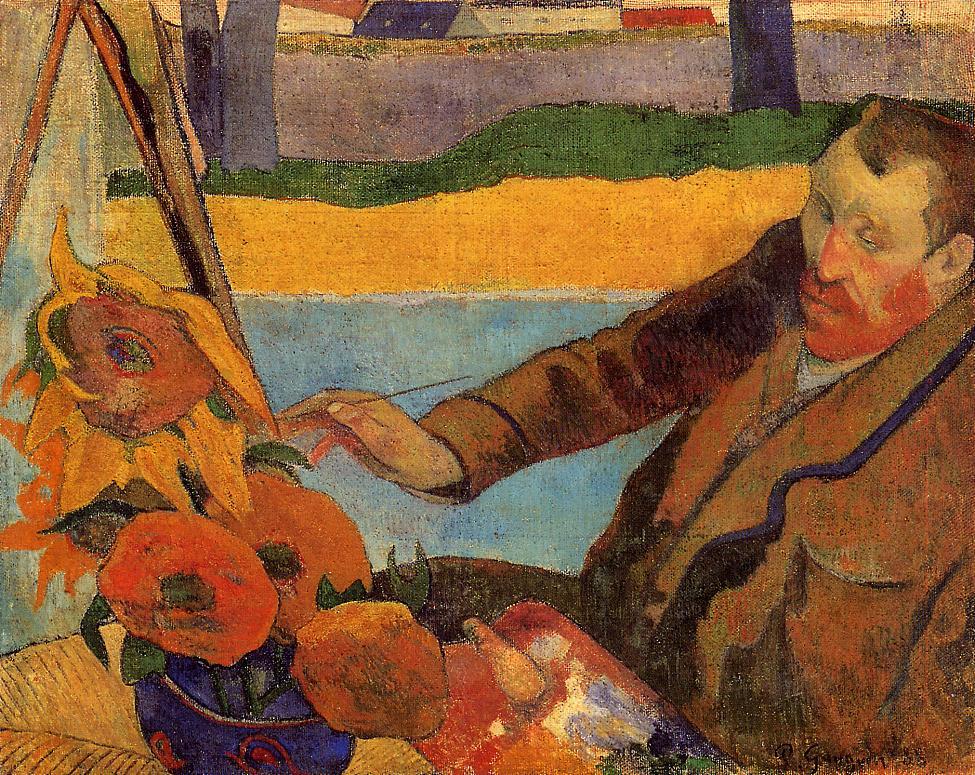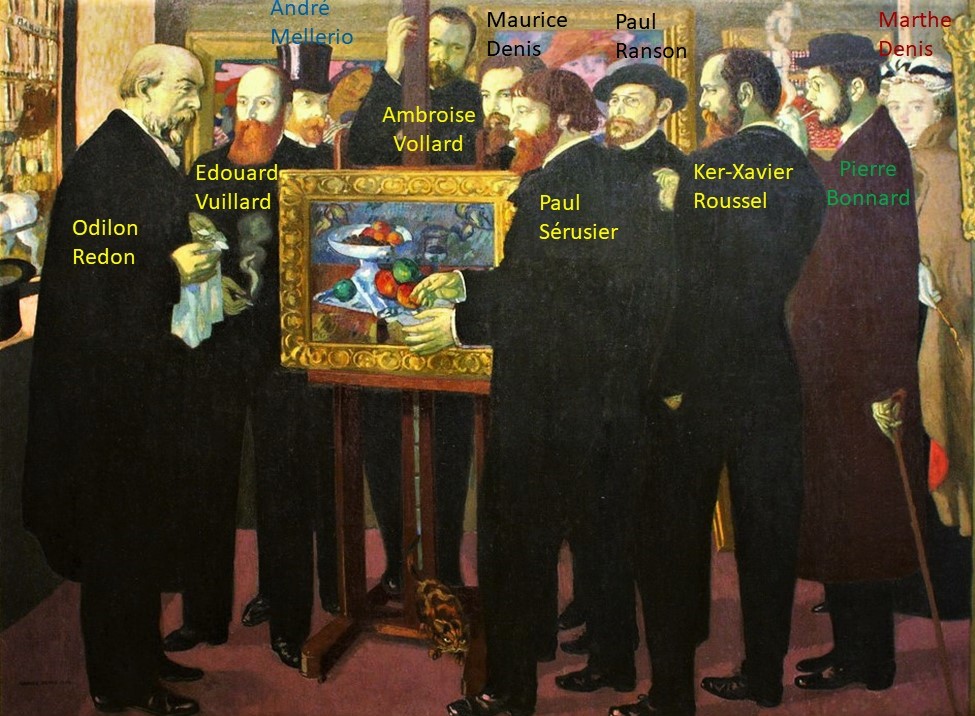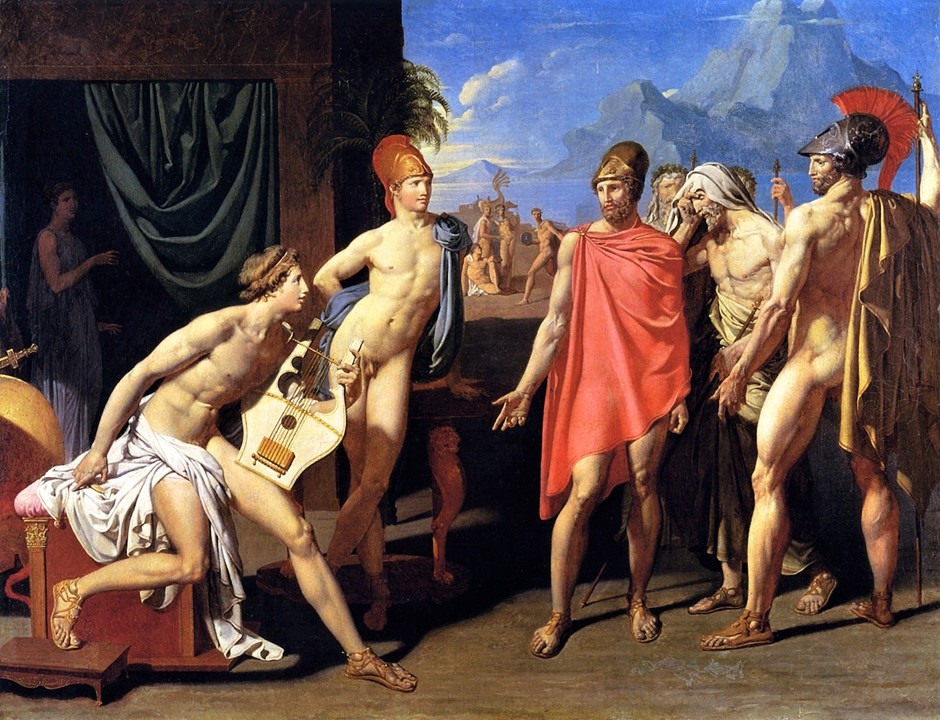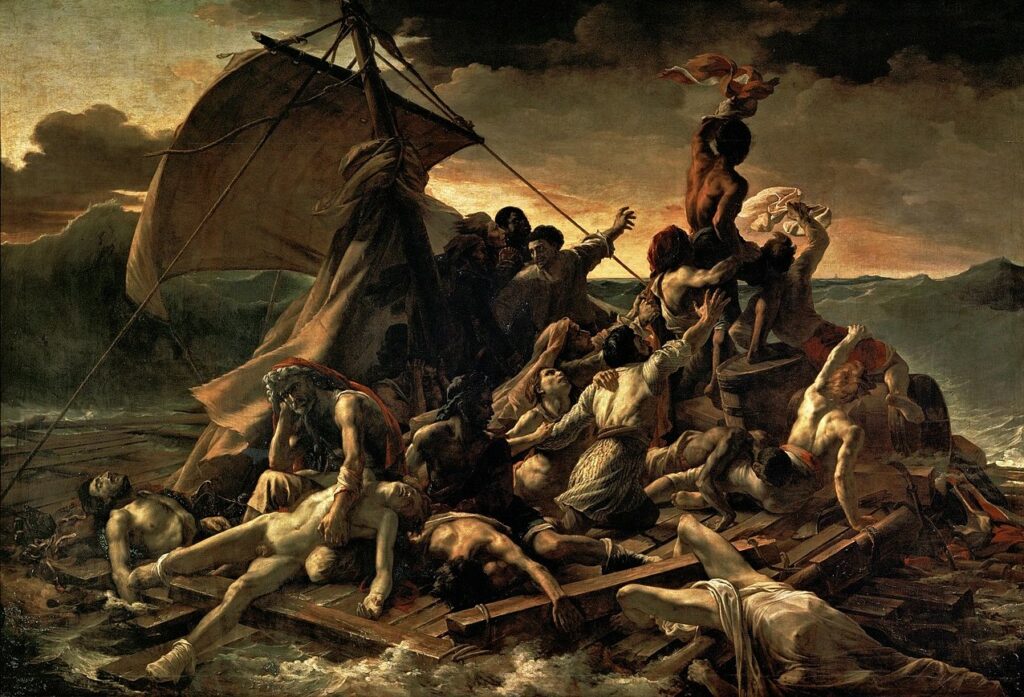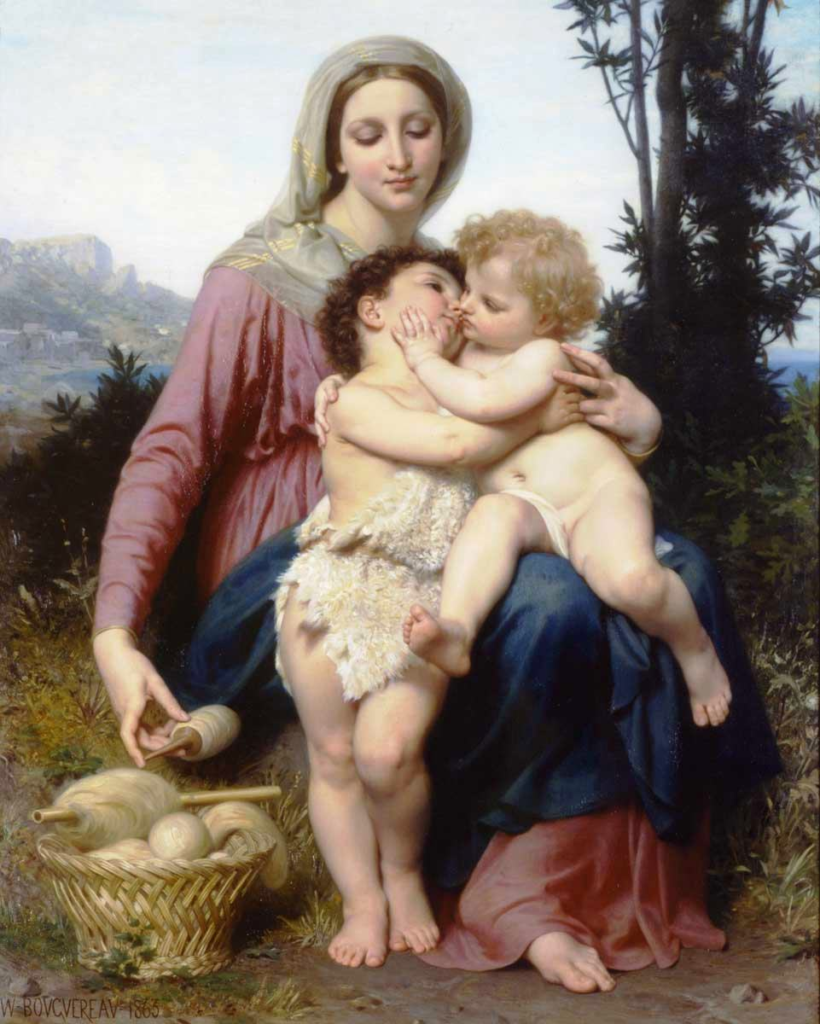Meta-Impressionism:
Other artists
surrounding the ‘impressionists’
Introduction:
Information on the partakers of the 8 ‘impressionist’ expositions held between 1874 and 1886 you will find in the left (or bottom) menu.
But there were many artists in the 19th century in France that surrounded them. See the seperate page with a menu linking to other pages.
On this page you will find 5 catagories of other artists: pre-impressionists; para-impressionists; neo-impressionists; post-impressionists and meta-impressionists.
Pre-Impressionists:
I define Pre-Impressionism in different ways, from more specific to a more broader definition:
- All the artists that inspired the Impressionists (pre-impressionists), like Jongkind, Courbet, Corot and other Barbizon painters.
- Artists, more in the past, that inspired the Impressionists, like the English landscape painters.
- Landscape painters that used just some elements of the impressionist painting style and being active namely in the 2nd half of the 19th century in France.
- Later on I will also include foreign landscape painters that used just some elements of the impressionist painting style and being active between 1855 and 1914.
Para-Impressionists:
I define Para-Impressionism in various ways, from more specific to a more broader definition:
- Those artists that were invited to join the ‘impressionist’ expositions, but didn’t do so.
- Those artists that joined (international) exhibitions that were called “impressionists“, like the exhibition “Works in Oil and Pastel by the Impressionists of Paris“ in New York in 1886.
- Those artists that had close relationships to the (main) ‘impressionists’.
- I also include Naturalism as art-movement that was also prominent in about the same years as Impressionism.
- I also partly include Realism. Realism partly can be seen as a pre-impressionist art-movement starting with Courbet and prominent in the years before 1874; in that sense it belongs to Pre-Impressionism. But many partakers of the ‘impressionist’ expositions used many elements of the realist painting style, namely Degas, and many para-impressionists, like Manet, also did.
Neo-Impressionists:
Neo-Impressionism knows various aspects:
- Pointillism is a specific technique often used within the earlier years of Neo-Impressionism. ‘a Sunday afternoon on the island of Grande Jatte‘ exhibited by Georges Seurat at the 8th ‘impressionist’ exposition in 1886 is the most important painting in which pointillism is used.
This systhematic approach, of Seurat and others, is also called Scientific Impressionism. - The principal element of the neo-impressionist method was not the point but the division of tones, giving simultaneous contrasts. So, Divisionism is the dominant technique within Neo-Impressionism. Also sweeping brushstrokes and mosaic like brushstrokes were used. The artist that most consequently used this technique was Paul Signac.
- The Salon des Indépendants, that started in 1884, namely in the earlier years, gave room for neo-impressionist painters. And also the exhibitions of Les XX in Brussels.
- I will namely include artists that for a significant period used divisionist techniques.
- Several artists partly or just shortly used divisionist techniques, like Camille and Lucien Pissarro.
Post-Impressionists:
- Post-Impressionism is not a painting style, but gathers artists that were (partly) inspired by Impressionism and in turn inspired Fauvist and Cubist artists. In time you could say between 1886 and 1905.
- The most important Post-Impressionists are Paul Cézanne, Paul Gauguin and Vincent van Gogh.
- A specific art-movement that was dominant in this period was Symbolism, that contained several art-movements or groups like: the Pont-Aven school; Cloisonnism; Synthetism and Les Nabis.
- Important post-impressionist exhibitions were: the exhibition at Volpini in 1889; expositions held by the ‘peintres Impressionnistes et Symbolistes’ (=EIS) in the Gallery of Le Barc de Boutteville (1891-1897); the Salon de la Rose+Croix (1892-1897).
- Note: I will not include Neo-Impressionism, because this is a specific art-movement and also strongly related to Impressionism.
Meta-Impressionists:
- I define Meta-Impressionism as the art-world surrounding the ‘impressionists’.
- Meta-Impressionism includes Pre-Impressionism, Para-Impressionism, Neo-Impressionism and Post-Impressionism.
But I define Meta-Impressionists as artists active in the 19th century in France, that can’t be catagorised in the above mentioned catagories. - Many meta-impressionists paint in a more traditional way and are inspired by earlier art-movements like Néo-Classicism and Romanticism.
- Many meta-impressionists are part of the establishment of the art-world in the second half of the 19th century in France, namely L’Institut, the École des Beaux-Arts and the art-workshops. This establishment is maintained by the Prix de Rome and all sorts of awards.
Recommanded citation: “Meta-Impressionism: other artists, pre-impressionists, para-impressionists, neo-impressionists, post-impressionists, meta-impressionists. Last modified 2024/11/18. https://www.impressionism.nl/other-artists/”
Note: this page is still under construction.
